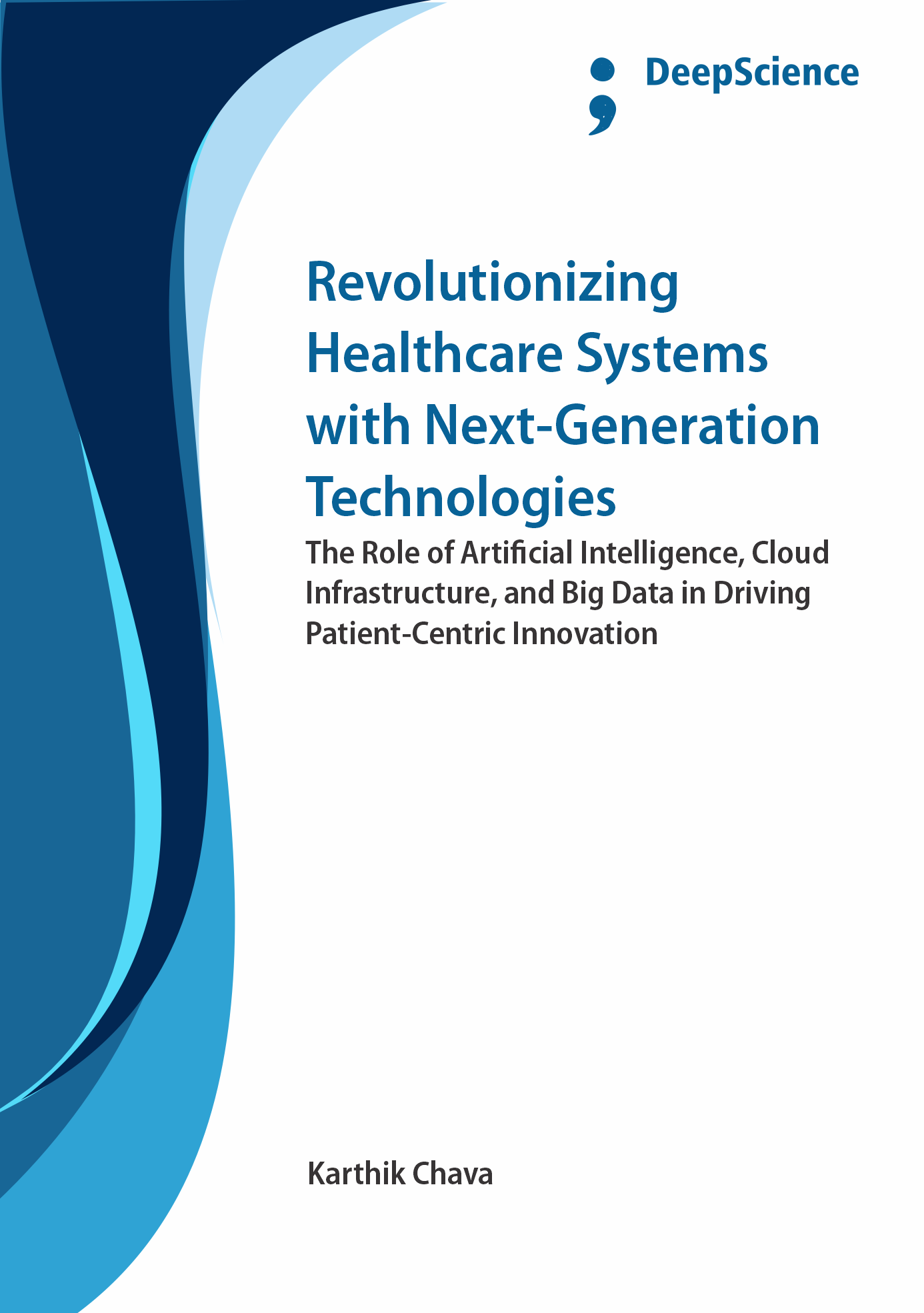Predictive models for early detection of diseases and managing public health crises
Synopsis
In 2020, humankind was awakened to the harsh reality that, despite several initial successes in different fields of physical and life sciences, we are still not fully equipped to deal with biological and healthcare-related issues and are incredibly vulnerable to unforeseen events like the COVID crisis. Rapid developments have been made in many different areas related to disease predictions and applications; however, research and development in predictive models, especially in healthcare and medical decision-making, have not been satisfactory and are still in a premature stage. Because of all these reasons, we have been encouraged to explore further the application of new and innovative methods in predictive healthcare and illustrate many different areas related to that. This book is intended as a first step in this direction. Health is one of the most important aspects of an individual’s life as well as of a society as a whole. Over the past several years, numerous research activities around the world have been undertaken in different areas related to the field of public health. Numerous predictive models have been developed as data mining tools that can be deployed to enhance the decision-making capability of individuals as well as of policymakers and authority figures in the healthcare field. Specific examples include predicting the epidemic of diabetes, cardiovascular diseases, chronic diseases, COVID-19, and even predicting the number of infections and deaths caused by COVID-19. These models can assist individuals as well as authority figures in the healthcare field in planning and executing the necessary tasks in the timely management of these diseases, thus reducing the number of hospital visits and admissions and the consequent medical expenditure associated with this disease. In addition to these distinct areas, predictive models have been used in several other distinct healthcare issues.












